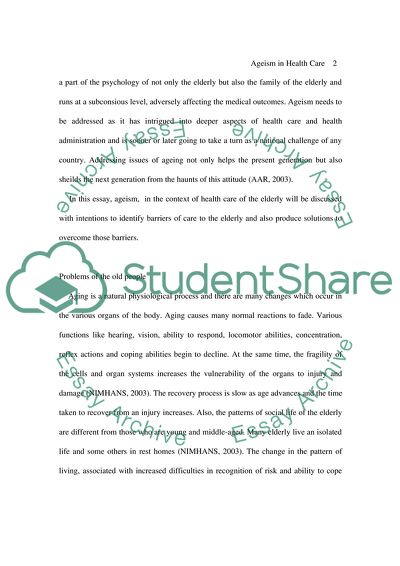Cite this document
(Ageism in Health Care Coursework Example | Topics and Well Written Essays - 2250 words, n.d.)
Ageism in Health Care Coursework Example | Topics and Well Written Essays - 2250 words. https://studentshare.org/social-science/1728579-ageism-in-health-care
Ageism in Health Care Coursework Example | Topics and Well Written Essays - 2250 words. https://studentshare.org/social-science/1728579-ageism-in-health-care
(Ageism in Health Care Coursework Example | Topics and Well Written Essays - 2250 Words)
Ageism in Health Care Coursework Example | Topics and Well Written Essays - 2250 Words. https://studentshare.org/social-science/1728579-ageism-in-health-care.
Ageism in Health Care Coursework Example | Topics and Well Written Essays - 2250 Words. https://studentshare.org/social-science/1728579-ageism-in-health-care.
“Ageism in Health Care Coursework Example | Topics and Well Written Essays - 2250 Words”. https://studentshare.org/social-science/1728579-ageism-in-health-care.


